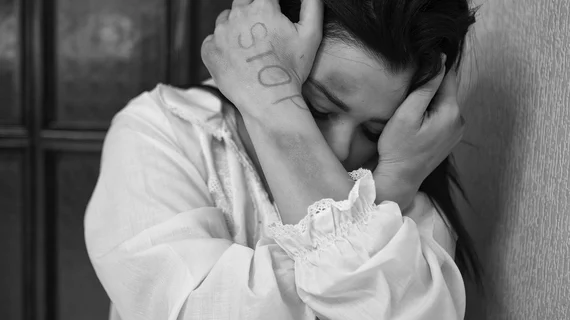Forearm fractures present unique opportunity for radiologists to help break cycle of domestic violence
Up to one-third of adult women treated for isolated ulnar fractures may be victims of domestic violence, presenting a unique opportunity for radiologists to interrupt the cycle of abuse.
Imaging experts from Brigham and Women’s Hospital and several other institutions recently took a closer look at this issue, studying patient data from a nearly 15-year period. The numbers were small—with only 62 patients treated for forearm fractures between 2005 and 2019—but scientists say the data provide important insights.
“Knowledge of isolated ulnar fracture, especially nondisplaced, as a marker of [intimate partner violence] can enable radiologists to play a critical role by reviewing previous radiological studies and providing early identification of IPV for timely intervention to make the ‘invisible’ visible,” Bharti Khurana, MD, founder and director of the hospital’s Trauma Imaging Research and Innovation Center, wrote April 3 in JACR.
For their study, Khurana and co-authors analyzed electronic health records data from three level I trauma centers, looking for women ages 18-50 treated for such fractures. They also examined demographic data, their number of visits to the emergency department, and any notation of domestic violence in the EHR.
The final sample landed at 62 women, with an average age of 31. Twelve were confirmed to be victims of abuse, eight more were “possible,” another eight were suspected not to be part of IPV, while the other 34 were confirmed nonvictims. Khurana et al. noted that intimate partner violence was associated with nondisplaced fractures. Confirmed cases also aligned with homelessness and the number of documented ED visits.
Formal documentation of evaluation for domestic violence was completed in only 22.5% of cases, with imaging analysis predicting IPV in 75% of confirmed cases, the authors noted.
“As victims of IPV seek medical care for various injuries, healthcare providers are in a unique position to diagnose the danger of their intimate relationships, helping patients break the cycle of abuse,” the authors advised. “With so much at stake, it is critical to define objective signs to aid early IPV identification for patients who feel uncomfortable reporting IPV due to shame, fear, or dependency, in addition to patients with mental illness or disability who are incapable of reporting IPV themselves,” they added later.
You can read more about the analysis in the Journal of the American College of Radiology here. Khurana and colleagues also presented their work at RSNA’s annual meeting last year.

